Looking to save money and simplify sourcing, you decide to buy towels in bulk—but how do you know you’re getting quality and value, not just a low price?
Buying bulk beach and pool towels requires careful attention to material, durability, and supplier reliability. Focus on absorbency, size, long-term colorfastness, and custom options to ensure your investment delivers both quality and lasting brand impact.
Bulk towel buying can seem straightforward, but hidden pitfalls abound—think about inconsistent quality, slow lead times, and missed brand opportunities. As someone who’s helped dozens of businesses launch with towel programs, I’ll show you how to navigate the process with confidence and strategy.
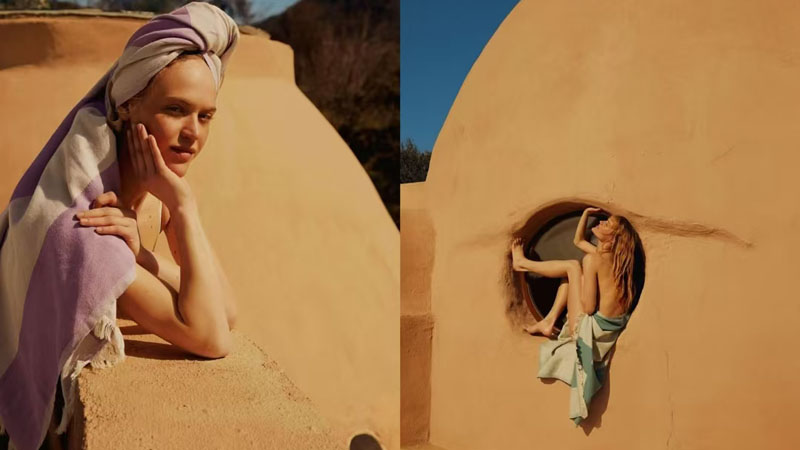
What are the key differences between bulk beach towels and bulk pool towels?
Bulk beach and pool towels may look similar at a glance, but their specific uses mean important differences in thickness, absorbency, and durability.
Beach towels are larger, often lighter, and built for sand; pool towels are thicker, denser, and optimized for high absorbency and repeated washing in chlorine-rich settings.
Understand your main use case: go for sand-resistant, stylish towels in bulk for the beach, and thicker, more absorbent options for pools where durability is essential.

Size, Material, and Application
| Feature | Bulk Beach Towels | Bulk Pool Towels |
|---|---|---|
| Size | Larger (30"x60"+) | Slightly smaller (27"x52"-30"x60") |
| Weight | Lighter, easier to carry | Heavier, plush for absorbency |
| Fabric | More color/pattern options, sand-repellent weaves | Dense cotton, durable for chlorine |
| Durability | Must resist fading, sand, sun | Must withstand frequent washes |
Beach towels should be big enough for lounging and use quick-dry or velour finishes for outdoor comfort. Pool towels, used in resorts or hotels, are washed frequently and must be made from more robust, chlorinated-water resistant cotton or blends for longer service life.
How should you evaluate towel quality when ordering in bulk?
It’s easy to get distracted by price per unit, but quality makes or breaks customer satisfaction. Subtle differences in weave, colorfastness, and fibers reveal which towels will withstand repeated use—and which will not.
Look for tight, uniform stitching and consistent GSM (grams per square meter) to assess towel quality. Ask about fiber type, pre-shrinking, and lab test data to verify durability and color retention.
Insist on samples, review technical data sheets, and avoid towels with loose threads, uneven cut edges, or dyes not certified for UV and chlorine exposure.

Assessing GSM, Fiber, and Construction
| Factor | Why It Matters | Recommended Range |
|---|---|---|
| GSM | Indicates density/absorbency | Beach: 350-500, Pool: 400-650 |
| Fiber type | Cotton is plush, microfiber is lighter | Premium cotton or Turkish cotton are top for both |
| Stitching | Prevents fraying | Double-stitched or hemmed edges |
| Dye quality | Affects color retention | Use vat-dyed or reactive dyes when possible |
Request test towels. Launder them several times to see if color bleeds or edges fray. Only move forward with bulk orders once you’re happy with real-use results.
What customization options are available for bulk towels?
Customization can be pointless if badly executed—but when done right, it sets your products apart both visually and tactilely.
Choose between printed, woven, or embroidered logos. Pick custom sizes, color blocking, and edge finishes that reinforce your brand identity or customer experience.
For durable customization, go with fiber-reactive printing or jacquard weaving for patterns; embroidery for logos; and customized hang tags or woven labels for a professional touch.
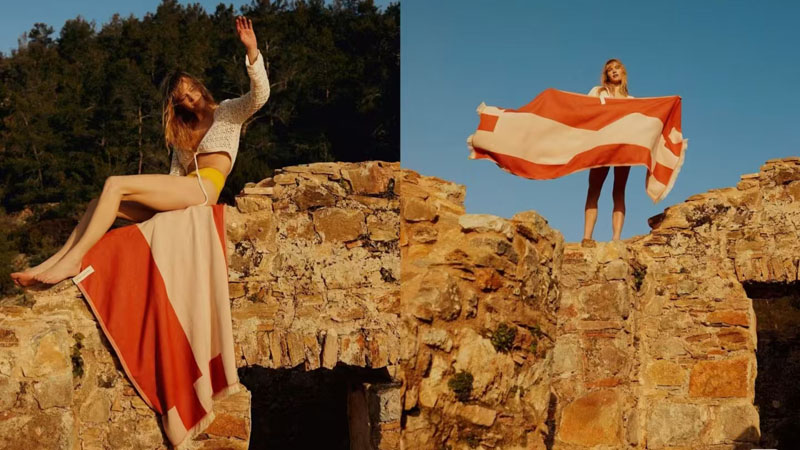
Comparing Customization Methods
| Method | Best Use | Benefits |
|---|---|---|
| Embroidery | Logos, names | Long-lasting, premium look |
| Jacquard weaving | Patterns, allover logos | Won't fade, textured design |
| Sublimation printing | Photographic images | Bold color, edge-to-edge print |
| Fiber-reactive dyes | Solid colors, intricate prints | Wash-resistant, fadeproof |
Always confirm your supplier’s tolerance for detail (lines, colors) and their policy for proofing samples—don’t skip sampling even for simple logo work.
How to pick a reliable bulk towel supplier?
Wrong suppliers overpromise and underdeliver—or simply can’t scale with your brand’s growth and quality demands.
Check for audited factory credentials, clear communication in your language, and transparent order processes. Look for experience in your segment (hospitality, private label, corporate gifts, etc).
A strong supplier will share lab results, client references, and detailed production timelines up front. Prioritize backups for contingency planning—never risk a single-source supply chain.

Supplier Due Diligence Checklist
| Key Point | What to Ask |
|---|---|
| Factory certifications | ISO 9001, OEKO-TEX |
| Sample lead time | Can they send custom samples quickly? |
| Order volume range | Are MOQs flexible as you scale up/down? |
| References | Have they served a similar client before? |
| Support | Who do you reach if a shipment is delayed? |
If possible, visit your supplier or have a trusted agent inspect facilities and review production records. Building trust is easier when you see transparency and accountability in action.
What logistics and timelines issues can impact bulk towel orders?
Even reliably made towels create headaches if you don’t receive them on time or forget to account for customs, shipping delays, and seasonal demand spikes.
Bulk towel orders are best placed off-peak and tracked using milestone-based schedules, including quality control and independent inspection windows.
Clear schedules, realistic lead times (often 30–60 days), and dedicated order tracking are your keys to smooth logistics—always add buffer for port or customs delays.

Planning a Smooth Bulk Order
| Step | Timeline/Best Practice |
|---|---|
| Deposit & sampling | 1–2 weeks |
| Production | 3–6 weeks |
| QC and packing | 1 week |
| Shipping | 1–5 weeks (by sea/air) |
International buyers should prepare for port congestion or holiday closures. Insist on shipment updates and documents in advance to avoid stuck cargo or costly demurrage.
How do you keep costs under control without sacrificing towel quality?
Bulk sets seem budget-friendly, but hidden costs—returns, rework, poor impressions—quickly outweigh any initial savings from picking the lowest bid.
Negotiate pricing but don’t cut corners on fiber quality or ethical labor. Choose suppliers that optimize yield, shipping, and avoid excessive packaging.
The lowest price rarely equals the best value. Find the optimal balance of material, manufacture, and logistics for your budget.

Managing Bulk Purchase Costs
| Factor | Savings Tip |
|---|---|
| Order volume | Higher volume = better unit price |
| Off-peak timing | Order ahead of high season |
| Eco-shipping | Consolidate orders to reduce freight cost |
| Packaging | Go for bulk packaging for storage, then repack locally |
Evaluate the full landed cost, not just ex-factory quotes. Test samples for shrinkage and colorfastness—returns on poor quality can eliminate even the largest initial discounts.
Conclusion
Bulk beach and pool towels offer value, efficiency, and great branding—if you know what to look for. Put thoughtful attention on fiber, weight, colorfastness, customization, and proven supplier reliability. The right towels can build your reputation for quality and comfort for years to come.
Professional Insights from Airswimwear’s 15 Years of Expertise
- Never overlook GSM or fiber quality just to save a few cents; inferior towels lose softness and strength rapidly after commercial laundering, increasing long-term costs.
- Always test both colorfastness and shrinkage before any major order—especially for vibrant or custom-printed towels, as these are subject to the most claims and returns.
- For customization, I recommend double-checking thread count and edge finishing; nothing undermines brand reputation faster than fraying seams or faded custom logos.
- Supplier partnerships should emphasize transparency and flexible logistics. It’s better to pay slightly more for proven service and clear communication, especially during seasonal or global supply chain pressures.
FAQs
What’s the most common size for bulk beach towels?
Most bulk beach towels are 30"x60" or larger for comfort and full-body coverage.
Can I get custom logos and colors on my bulk pool towels?
Yes, top suppliers can add custom embroidery, jacquard patterns, or prints based on your branding needs.
How long does it usually take to receive a bulk towel order?
Typical lead times are 30–60 days depending on customization and shipping methods.
Are bulk towels eco-friendly?
Many suppliers now offer organic cotton or recycled fiber options—just ask for certification proof.
What’s the best way to check the quality before ordering hundreds of towels?
Always request samples and run them through multiple home or commercial washes before placing a wholesale order.
How do I keep bulk towel costs low without losing quality?
Order larger volumes, buy during off-peak seasons, and streamline shipping—but never accept lower-grade fibers or poor stitching to cut costs.
.png)




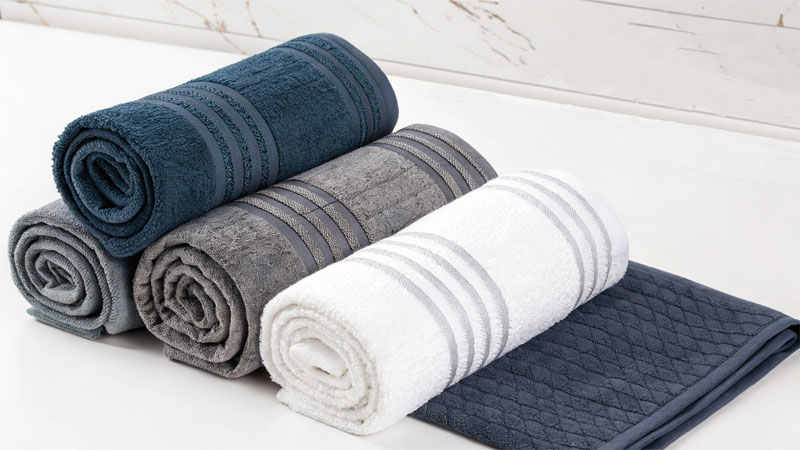
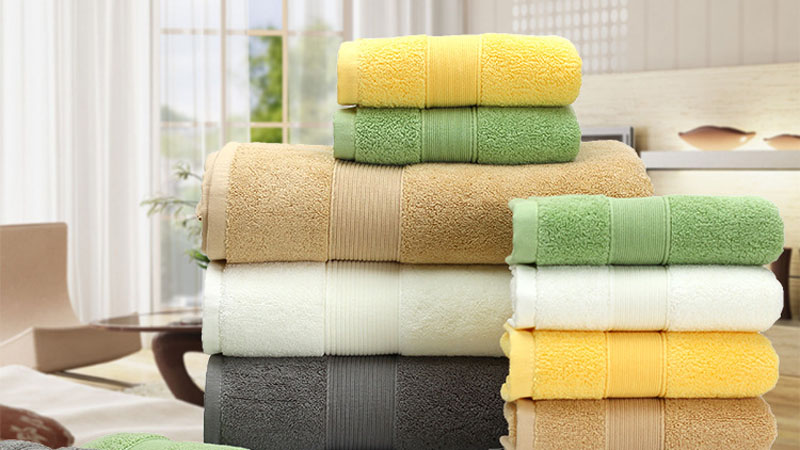
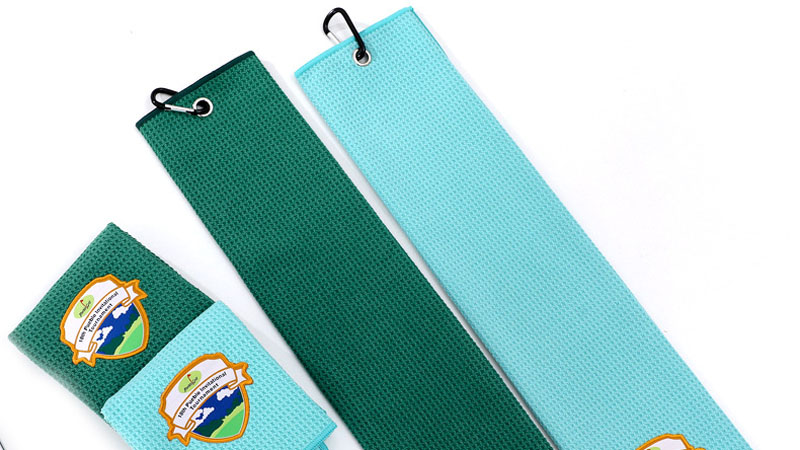
-1024x337.png)